The high-resolution Retina display found in Apple's fifth-generation iPad Air is more efficient, accomplishing the same level of brightness with less than half as many LED lights, according to a new teardown analysis.
Details and estimates on the components Apple uses in the iPad Air have been shared by research firm IHS to AllThingsD, which published the information on Tuesday. IHS estimates that the total cost for Apple's low-end, 16-gigabyte, Wi-Fi-only iPad Air is $274, which is $42 cheaper than the company's third-generation iPad is estimated to have cost the company to build.
Though the iPad Air is estimated to be cheaper to build, some components came with higher costs — Â namely the 9.7-inch Retina display. While in the previous two generations, Apple relied on 84 LED lights for screen brightness, Apple is now said to be achieving that brightness more efficiently with just 36 LED lights.
Those lights may be brighter, but Apple is also said to be using optical film layers that distribute light across the display, according to Andrew Rassweiler, analyst with IHS. The use of these thin layers allows Apple to use fewer LEDs, which reduces device weight and power needs. The iPad Air shaves nearly a half-pound off its predecessors, coming in at just 1 pound.While the third- and fourth-generation iPad displays used 84 LED lights, the iPad Air reportedly uses just 36 LEDs.
IHS also told AllThingsD it estimates that the display and touchscreen assembly in the iPad Air now have a cost of about $133 to Apple, $90 of which is for the display alone. That's said to cost a great deal more than before, suggesting Apple managed to save significantly on other components to reduce overall costs.
Other discoveries made in the IHS teardown:
- While previous iPad models used two panes of glass, the iPad Air uses just one, reducing thickness.
- Apple's A7 chip is estimated to cost $18, which would be $5 less per unit than the A5 was estimated to cost a year and a half ago.
- The iPad Air's LTE chip can support all U.S. wireless carriers, unlike the iPhone 5s and iPhone 5c.
- IHS estimates Apple achieves 45 percent gross margin with the 16-gigabyte Wi-Fi-only iPad Air, going up to 61 percent on the maxed-out 128-gigabyte LTE-capable version.
 Neil Hughes
Neil Hughes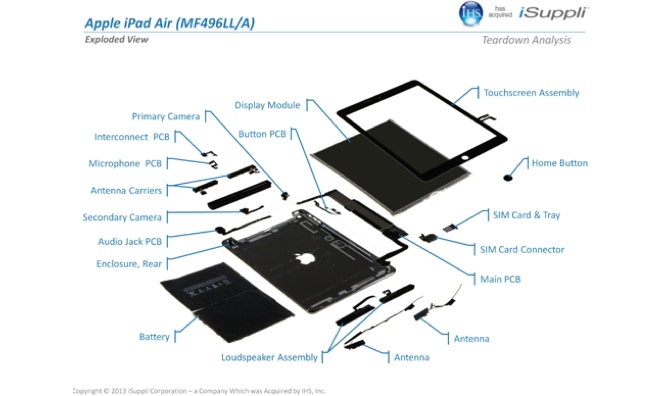







-m.jpg)





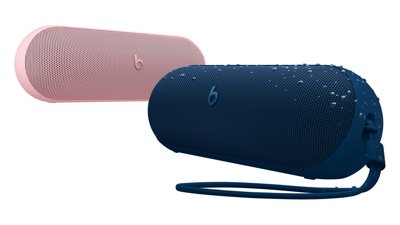
 Malcolm Owen
Malcolm Owen
 Mike Wuerthele
Mike Wuerthele
 Andrew Orr
Andrew Orr
 Andrew O'Hara
Andrew O'Hara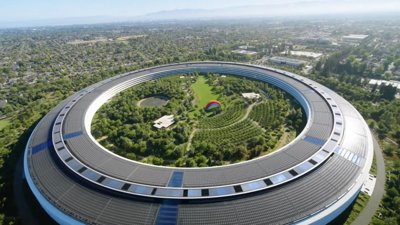

 William Gallagher
William Gallagher

 Christine McKee
Christine McKee
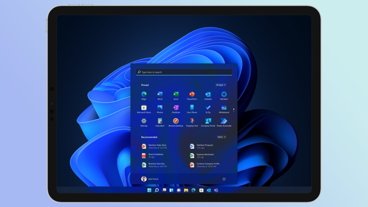
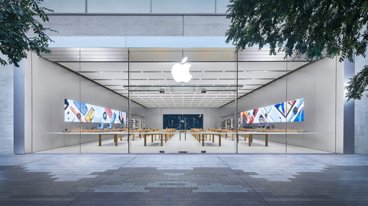


-m.jpg)


57 Comments
IGZO display ?
IGZO display ?
it sure sounds like it.
I was pretty sure they went IGZO on the mini, was not so sure on the air. But half the leds, same resolution, sounds like IGZO to me, or another tech that does the same thing.
IHS also told AllThingsD it estimates that the display and touchscreen assembly in the iPad Air now have a cost of about $133 to Apple, $90 of which is for the display alone. That's said to cost a great deal more than before, suggesting Apple managed to save significantly on other components to reduce overall costs.
So the display is very expensive, the batteries are expensive and the external case is expensive compared to the iPhone yet Apple are able to sell the iPad, and make good margin, cheaper than the iPhone - and people claim the iPhone isn't overpriced.
Another AI article cites a different third party analysis that says the iPad Air's panel is indeed IGZO.
I took delivery of a new iPad Air for an office user yesterday. Without another retina display to compare it's hard to be sure whether there are are visible differences with the IGZO display, but I'm inclined to think not. The screen improvements seem to be under the hood.
What is immediately noticeable is the reduced case size and weight compared to my own iPad 2. For me the iPad Mini suddenly looks a lot less alluring; for the modest extra weight and bulk I'd rather have the Air's full size screen. That choice will of course play out differently for people depending on their usage and priorities; it's nice to have both options.
So the display is very expensive, the batteries are expensive and the external case is expensive compared to the iPhone yet Apple are able to sell the iPad, and make good margin, cheaper than the iPhone - and people claim the iPhone isn't overpriced.
The 5s estimated cost is around $215. iphones have always been the highest margin product. If Apple can rise its margins on ipads, they could potentially lower there iphone margins in the future.
That being said, other manufacturers high end phones are often more expensive than iphones, thanks to "through everything we can in the box and hope for the best" mentality. Android phones are often pack with unnessesary specs, like too much memory, high clock rate CPU's, huge battery that results in less battery times than iphones and very high pixel density screens. All of the those "specs" are a complete waste of power and manufacturing cost. Margins are lower, but user experience is not improved at all, they just try to do the same thing the iphone does, but with brute force instead of finest.
ipod margins should improve also since there was no refresh.